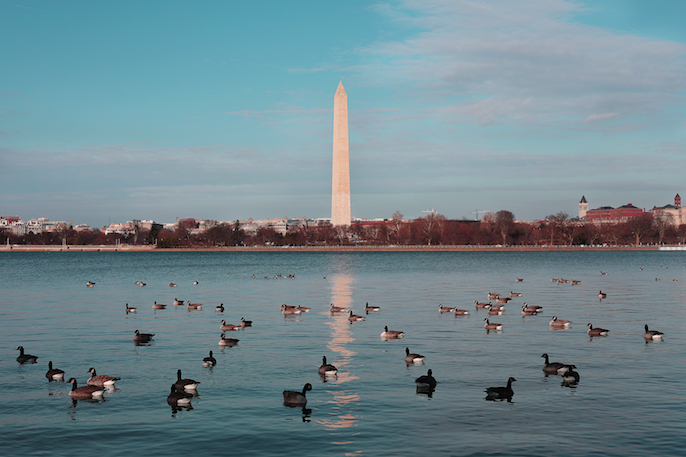Between 2007 and 2017, payments to Medicare Advantage (MA) plans for services covered under Part A and Part B almost doubled, jumping from $78 billion to $210 billion, according to a new report from the Kaiser Family Foundation (KFF).
Put another way, as a proportion of overall spending on Medicare, MA plans have grown from 18% to 30% of the total pie.
Growing enrollment, pressure
Enrollment in Medicare Advantage plans has been increasing over the decade from 2007 to 2017, with 33% of Medicare beneficiaries covered by MA plans in 2017. Ten years earlier, just 19% of beneficiaries were in such plans.
The rise of Medicare Advantage is a major concern for skilled nursing providers, as MA reimbursement rates are 13% lower than traditional fee-for-service rates on average, according to a report from Lancaster Pollard (LP). And at the LeadingAge Illinois conference in April, long-term care providers reported “getting clobbered” by managed care, which has accelerated narrowed networks in skilled nursing.
MA plans also have upped the pressure on SNFs to meet strict length-of-stay goals, further hampering revenues for providers.
“It’s always hard to predict the future and hard to know how Medicare Advantage plans are going to be looking for efficiencies,” Tricia Neuman, senior vice president of the KFF and director of the foundation’s program on Medicare policy, told Skilled Nursing News. “But it’s conceivable that one of the efficiencies they might consider is reducing what they consider preventable days in skilled nursing facilities. That’s one among many strategies to keep down costs. I think it’s conceivable that they would look at post-acute care, as might accountable care organizations.”
KFF found a notable decrease in the growth of total Medicare spending, with the average annual increase between 2010 and 2017 at 4.5% — even though there was faster growth in enrollment since 2011. From 2000 to 2010, the average annual growth of overall Medicare spending was at 9%.
Growth in per-capita spending was also significantly slower at 1.5% from 2010 to 2017, compared with 7.3% from 2000 to 2010.
These trends were the result of multiple factors, such as policy changes adopted under the Affordable Care Act and the Budget Control Act of 2011, the report noted. But with the recent slowdown in Medicare spending growth, the difference in growth rates between Medicare and private health insurance spending per enrollee grew more pronounced: Average yearly private health insurance spending per capita grew at a rate of 3.8%.
Written by Maggie Flynn



